I’ve been making baby steps towards real food for at least 15 years. It’s a journey of ups and downs, excitement and discouragement.
Last week I was in Southern California for the School of Lunch Training Academy, SŌLTA, lead by lunch lady and Heal Your Gut cookbook author Hilary Boynton. Hilary is passionate about joyfully disrupting chronic disease through food. She experienced it first through her own children, curing one son of chronic eczema.
Hilary is the lunch lady at a private school near her home and serves traditionally prepared real, whole, local foods made from scratch with love for the children. You won’t find artificial anything in their food. Her frequent refrain while preparing food for the children - dancing in the kitchen - on Instagram is “let’s joyfully disrupt chronic disease through food.” I love her positivity!
What is traditional food?
Traditional foods are those that our ancestors ate. I told my husband, “It’s how people ate food before electricity: no white flour, sugar or industrial oils.” Soaking beans, fermenting vegetables with salt for preservation, using the whole animal nose to tail, eating raw dairy.
It’s the kind of food the Weston A. Price Foundation educates people about.
What I Learned at SŌLTA
One of my friends asked, “Even with your advanced cooking skills this was still beneficial for you?”
There was a gamut of knowledge for attendees at this training. Some were indeed lunch ladies looking to disrupt chronic disease at their schools. Some attendees were empty nesters looking for next steps in life, after raising children eating this way. There were college students and young marrieds. Everyone came with a range of understanding of food preparation. Not all had a full understanding of traditional foods. All of us want to influence the next generation towards using food as medicine.
This week of cooking school was not all cerebral. Practical application happened right before our very eyes. We watched chefs prepare food then ate it for our meals. We were encouraged to participate and jump in the kitchen anytime (I did!)
I learned tips and tricks — asked nerdy questions that have been rolling around in my brain while demonstrations took place. I went to this training with the purpose of joyfully disrupting chronic disease in my community — in particular at communal meals at my church on Wednesday nights.
There were also sunrise walks, breath work and cold plunges Wim Hof style.
I think anyone could benefit from experiencing SŌLTA
Learning from the Professionals
Each day we learned from experts - people who have given their lives for a speciality. The only other place where I’ve heard from so many experts in a short time was at a Weston A. Price conference. SŌLTA was better because the attendee group is smaller. And, having DAYS to process the information in conjunction with community and additional information gave me space to formulate questions based on holes in my understanding.
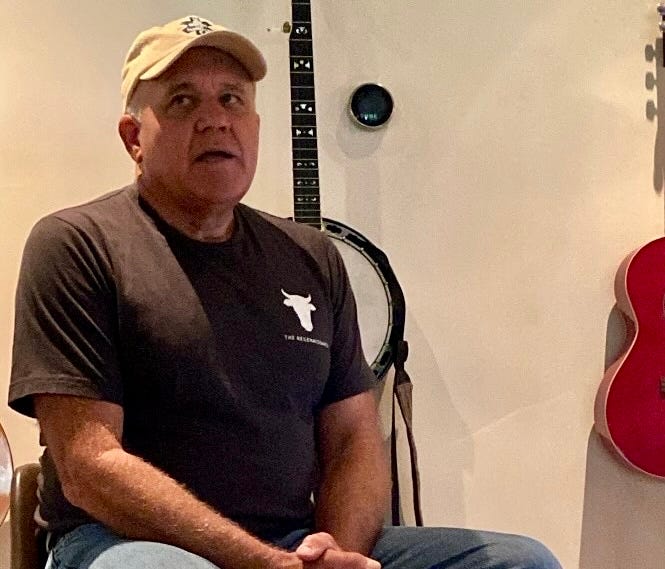
Specific Personal Insights
The last day we debriefed as a group and each shared a take-away for the week. A common refrain was something like, “I had no idea how much I needed community.” Being in-person brings a dynamic that watching a screen doesn’t.
Below are specific takeaways for me.
Simple is Gourmet
Another common refrain from Lunch Lady Hilary was something she’d learned from an elderly French woman, “Simplicity is gourmet.” If we’re starting with high quality ingredients, the simplest dish tastes ‘mazin.
Some examples: charcuterie boards, chicken soup made with homemade broth, sourdough made from water and whole grain (only!) and homemade salad dressing.
I also experienced simple is gourmet when I went to a cooking school in Tuscany in 2019. The best Italian food is simply prepared with fresh, local ingredients.
Protein is King
Several hours were given to teaching on the importance of protein. Growing minds and bodies need protein and lot of it - for young and an old alike. I’m going to teach high school athletes next week and will share a list of ideas then.
Life Changing Liver
Janine from Offally Good Cooking rocked my world.
Even though she was confident I would change my mind about liver, I wasn’t confident she could change my taste buds. It makes me gag. Every time.
Janine is passionate about eating organ meats because they literally changed her life. She was experiencing blurry vision (vitamin A deficiency) and fell into learning about traditional foods starting with reading Dr. Price’s book Nutrition and Physical Degeneration. Eating organ meats healed and nourished her body — regaining vision. Her family eats liver every Monday night. What?!
Janine reminded us of something I tell moms frequently: it takes 10-15 exposures before you will like something. An exposure can be talking, touching and eating.
Go to her website to learn of over 100 organ meat recipes. I learned that proper preparation makes all the difference. When she cooked liver in front of us, it was sliced thin then seared for only a couple minutes each side. The goal is for it to be pink in the middle.
Overcooked liver has a very strong taste.
After I tasted her liver I said “wow” and meant it. Barely had the taste I thought I hated. I needed more exposures and proper preparation. We also ate beef heart tartare and tongue as well as grilled chicken heart and liver.
Traditional cultures around the world prize organ meats for their nutrient density, often saving certain parts for the warrior who killed the animal and those in childbearing years.
Sourdough
About 14 years ago I tried making sourdough for the first time. I didn’t know anyone who was making it and quickly gave up. Too many variables, too much time to get it right. After being at SŌLTA, I decided I would jump in again.
What makes sourdough so special?
Our ancestors didn’t have commercial yeasts for bread. Sourdough is one form of proper preparation.
In their natural state, seeds/grains (like wheat) and nuts contain enzyme inhibitors. This protects them from spontaneously sprouting. Also prevents us from fully digesting them.
Ever had “nut gut”? That bloated uncomfortable feeling after eating too many nuts is a result of your body trying to digest food that is difficult.
Enzyme inhibitors can be neutralized by creating an environment for germination by soaking raw nuts in warm salt water for 7+ hours (less for cashews). This not only neutralizes enzyme inhibitors but also increases the absorption of nutrients as well as increased digestibility. Goodbye nut gut.
Sourdough takes hours to make and in the process the properly prepares wheat to be digested. Some people with gluten sensitivities are able to eat sourdough with no discomfort.
SYSTEMS
Whether cooking for 2 or 200, it helps to have systems — especially if regularly preparing traditional foods. Cooking from scratch takes time.
The School of Lunch has systems and were outlined in the extensive three-ring binder we were given. Each week at the Manzanita school the team executes a similar menu. It’s different based on availability of abundance at the farmers market.
Weekly they make sourdough for sandwiches using the discard for crackers, roast chickens for chicken salad as well as broth/soups. They soak nuts for charcuterie/snacks and nut butters. Each day has its own task.
Hilary even has systems for her home kitchen. On Sunday morning she feeds her sourdough starter and finishes two loaves by nightfall. She slow cooks a beef and pork roast with a couple of whole chickens. With so much protein in the fridge, dinner is a snap!
The Lazy Genius calls this the Decide Once Principal.
Why has it taken me so long to apply this in my own kitchen?
These systems were modeled throughout the week. The first night’s demo was soaking grains and nuts that were prepared throughout the week.
Fermentation
In the beginning of my traditional foods journey I had a circle of friends that encouraged and answered questions. I have quite the repertoire of recipes. Life gets busy and I’ve fallen off the bandwagon.
Thankfully raw fermented foods are available at some grocery stores. I’ve purchased them and they are a good option when you don’t have the margin to create your own. However, the diversity of probiotics and the cost effectiveness is greater when making it! I’m jumping back in with joy!
Food is Medicine
A lady and her son came for final dinner. They both experienced SŌLTA last year, just after her recent heart attack and taking ten prescriptions. She said she felt worse on the drugs than before her heart attack. Her 6’2” son stood next to her. Last week she had weaned off all meds and her son had lost a hundred pounds! All by changing their diet.
Life is hard; food doesn’t have to be.
Julie
Next session is Sunday July 28 - Friday August 2, 2024. Learn more here.
PS - One participant said during the sharing time, “I’m a learner. The only way I will learn is through failure. Persevere, friends.”

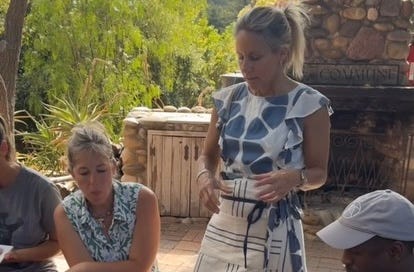



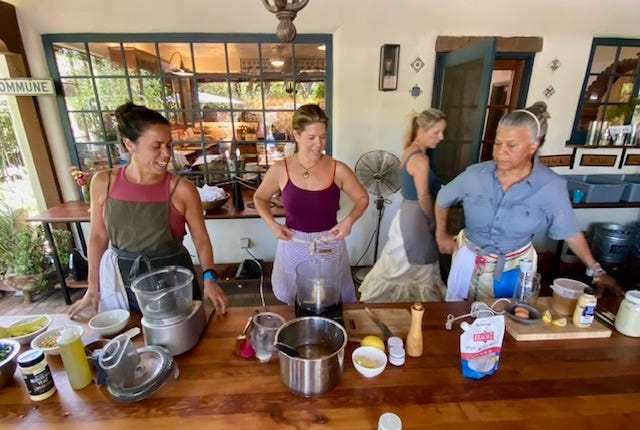
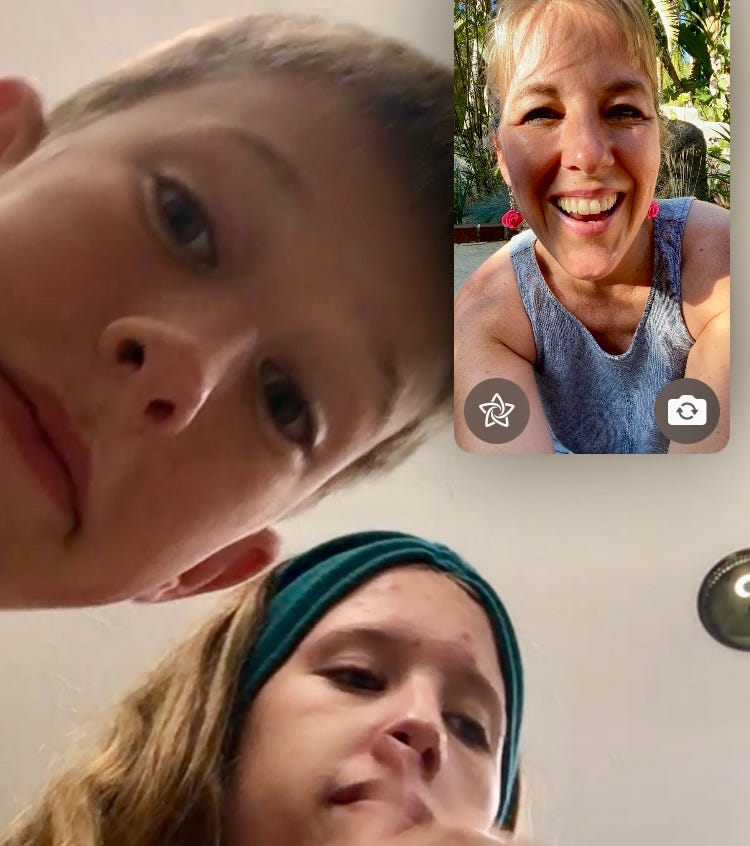
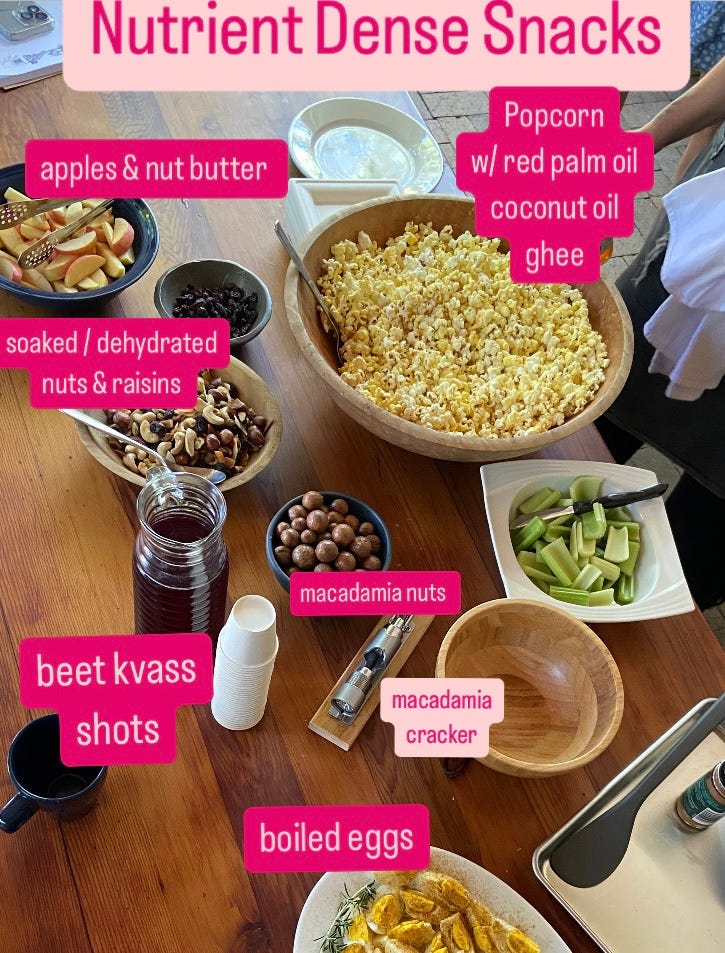
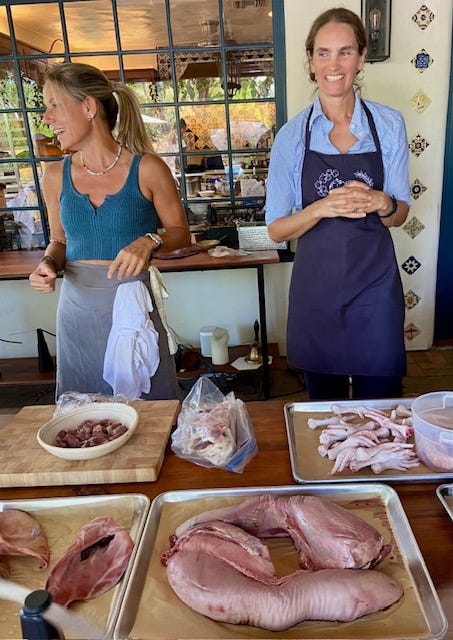
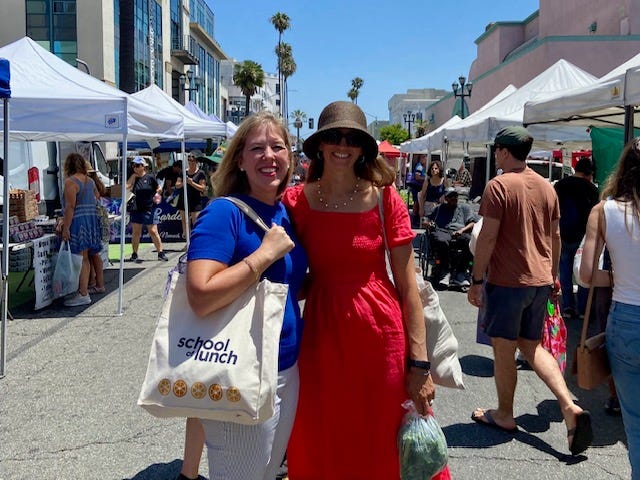
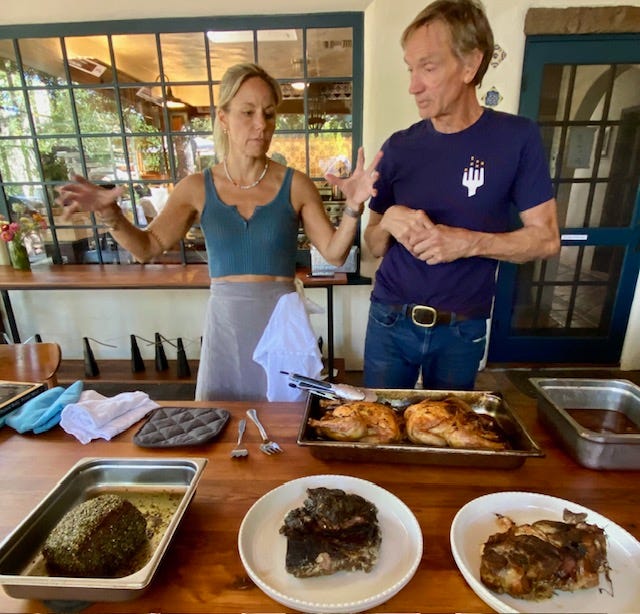
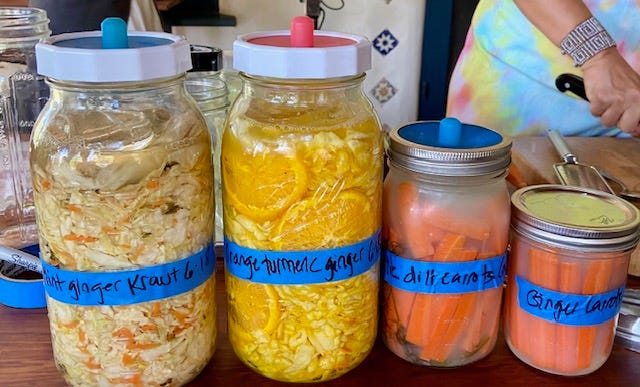

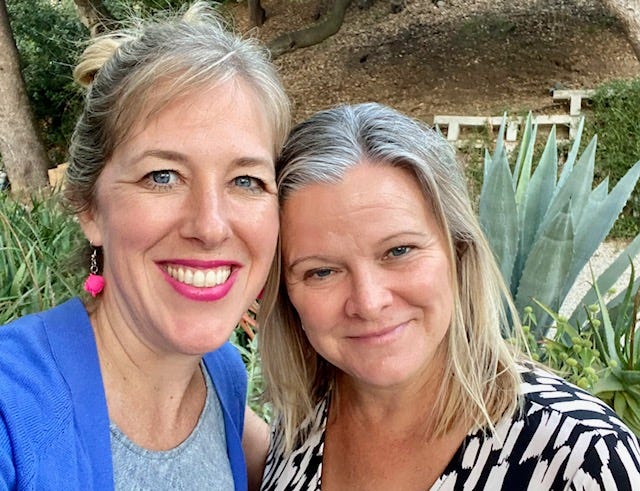
This sounds amazing. I'm a big believer in the power of food to heal our bodies! Thanks for sharing!